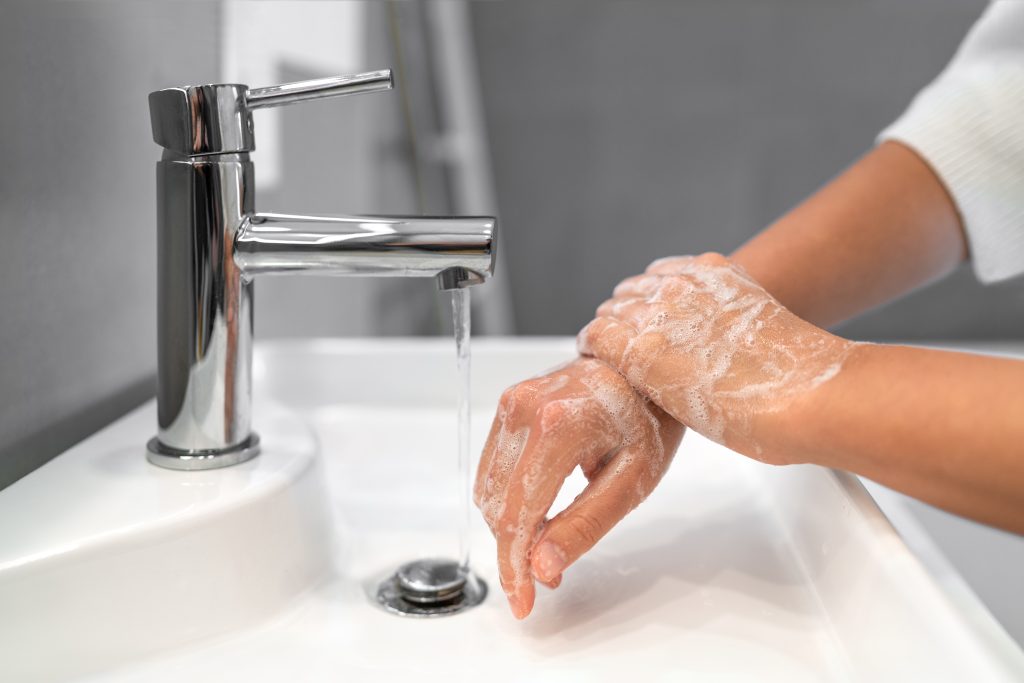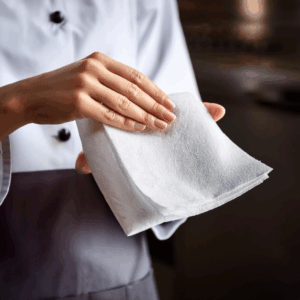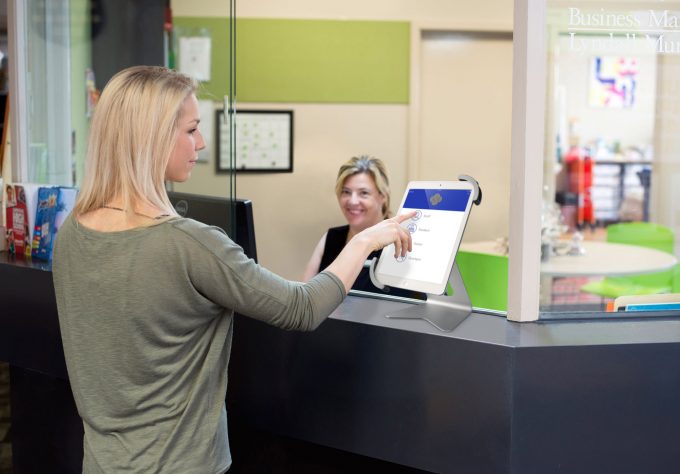
A good education is about more than the quality of teaching—it’s about making children feel respected, safe and valued. This extends beyond the classroom, and students should feel comfortable and cared for no matter what area of the school they are in.
School washrooms are no exception. Busy, high-use areas that are usually not directly supervised, washrooms require extra attention to keep them fit for student use.
Read the latest print edition of School News HERE
A 2021 study of school toilet sanitation and student usage involved parents and children from India, Poland, South Africa and the United Kingdom. The study found that nine in 10 children had experienced issues with their school toilets some or all of the time, ranging from lack of handwashing facilities, missing and broken items, neglected facilities, cleanliness, and a lack of privacy and safety.
One in 10 children indicated they avoid eating and drinking at school, so they don’t need to use the toilet. In the worst cases, eight percent of students reported having wet or soiled themselves because they did not want to use the school toilets. One in 10 children also said they were missing school to avoid using poorly cleaned and maintained school toilets.
Upgrading school washroom facilities could have a significant impact on student comfort, as well as physical and mental health. Campus aesthetics, and health and safety will also be improved by ensuring washrooms are clean, safe and well presented.
Functional must-haves
Fitting out a new space with the latest fixtures and fittings is always exciting. In washrooms though, there are considerations beyond aesthetics.
All items selected for your washroom should be durable and easy to clean. To make cleaning easy, avoid intricate tile details or toilets or sinks with unnecessary crevasses. Doors and cubicle partitions with anti-microbial properties will help stop the spread of infection.
Ensure items including toilets and sinks are the appropriate size, and that amenities like cubicle locks and hand dryers or paper towels are at an accessible height. If students of varying ages will use the facilities, its best to favour older students.
Anitha Roy from Solaris Paper said when selecting paper towel dispensers for washrooms, schools should prioritise durability, ease of use and hygiene. “Touchless models enhance sanitation by minimising contact, while a design that accommodates standard paper towel packs ensures cost-effectiveness and reduces maintenance. Ultimately, investing in reliable dispensers contributes to a cleaner, more efficient school environment.”
Students with mobility considerations must be catered for, as well as any students with hearing or vision impairments. To allow all students easy access to the washroom, wide, even paths should surround the building. Covered walkways will mean students can access washrooms in all weather.
To align with your school’s sustainability targets, look for toilets that are water efficient. Taps as well can be water saving, and sensor activated taps will ensure water isn’t left running. Lights on a sensor, that only turn on when someone enters the washroom, can help save energy. For an even greener washroom, look for toilet tissue and paper towels that are made from recycled products.

Hygiene
Washrooms are germ hot spots, so keeping washrooms clean is vital to protect staff and students. Washrooms should have regular, scheduled cleaning, as well as routine inspections to assess cleanliness and identify any damage or vandalism. Maintenance issues should be dealt with promptly to avoid further deterioration. A regular cleaning schedule will help keep your facilities squeaky clean— washrooms should be cleaned daily, with regular, scheduled deep cleans.
Mitigating the spread of germs and infections will help to keep students well, so they will not need to miss school due to illness. Similarly, if students feel comfortable using the toilet during the school day, they will be less distracted, and able to focus on learning.
To maintain washroom hygiene, access to soap and clean water, and hand drying facilities are important. Taps and soap dispensers which are sensor activated will decrease the number of high touch points in your washroom.
Commonplace during the COVID days, displaying hand washing posters with clear visual instructions will remind students of the importance of proper hand hygiene.
“To ensure students dry their hands properly and curb the spread of bacteria, schools should take a multi-faceted approach,” Ms Roy said. “First, they should install effective hand drying solutions, such as a touchless or easy dispensing paper towel dispenser, which have been shown to reduce bacterial spread. Using TAD (Through-Air-Dried) hand towels can further enhance hygiene, as they are more absorbent and dry hands more effectively, reducing the likelihood of leftover moisture where bacteria thrive.

“TAD paper towels are highly absorbent, which means they effectively dry hands quickly and thoroughly, minimising the risk of bacteria transfer. Unlike traditional paper towels, TAD towels do not require tabbing, allowing for easy dispensing and reducing the likelihood of waste from torn or improperly dispensed sheets.”
To keep washrooms clean and well-stocked, Ms Roy suggests schools adopt a sustainable maintenance strategy. “Implementing a regular cleaning schedule with eco-friendly products can reduce environmental impact while ensuring hygiene. Using PEFC certified paper products supports sustainable forestry practices, aligning with school’s environmental goals. Also, investing in efficient dispensers and bulk purchasing can lower costs and minimise waste.”
When spaces are clean, students are more likely to respect them and less likely to make a mess. Staying on top of washroom cleaning and maintenance will encourage students to treat the facilities with respect.







